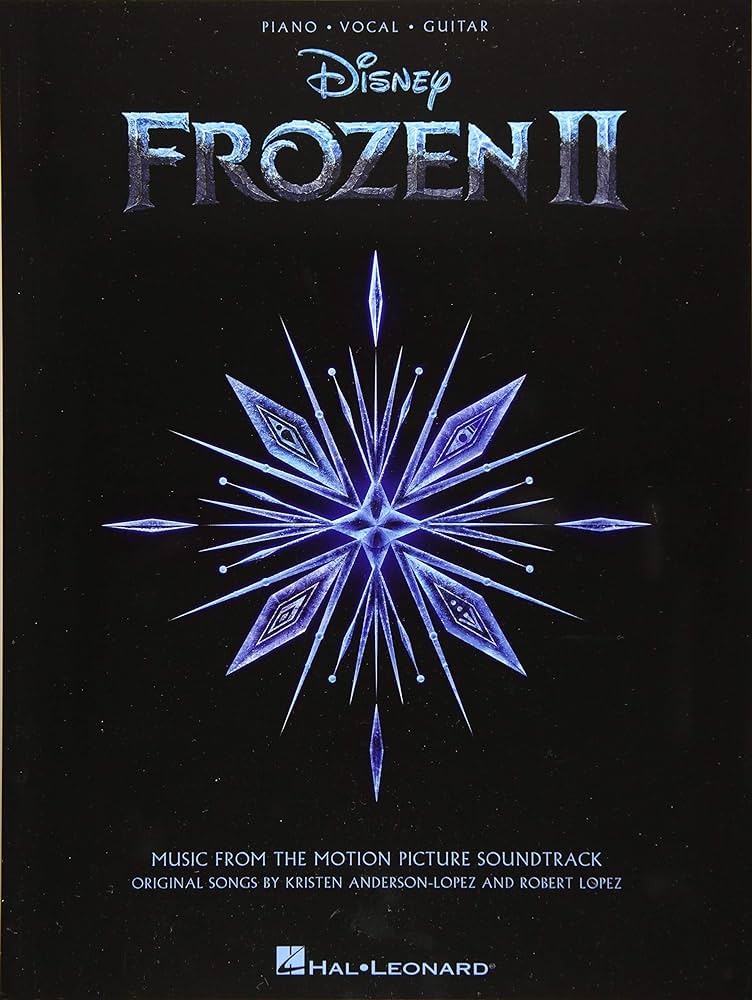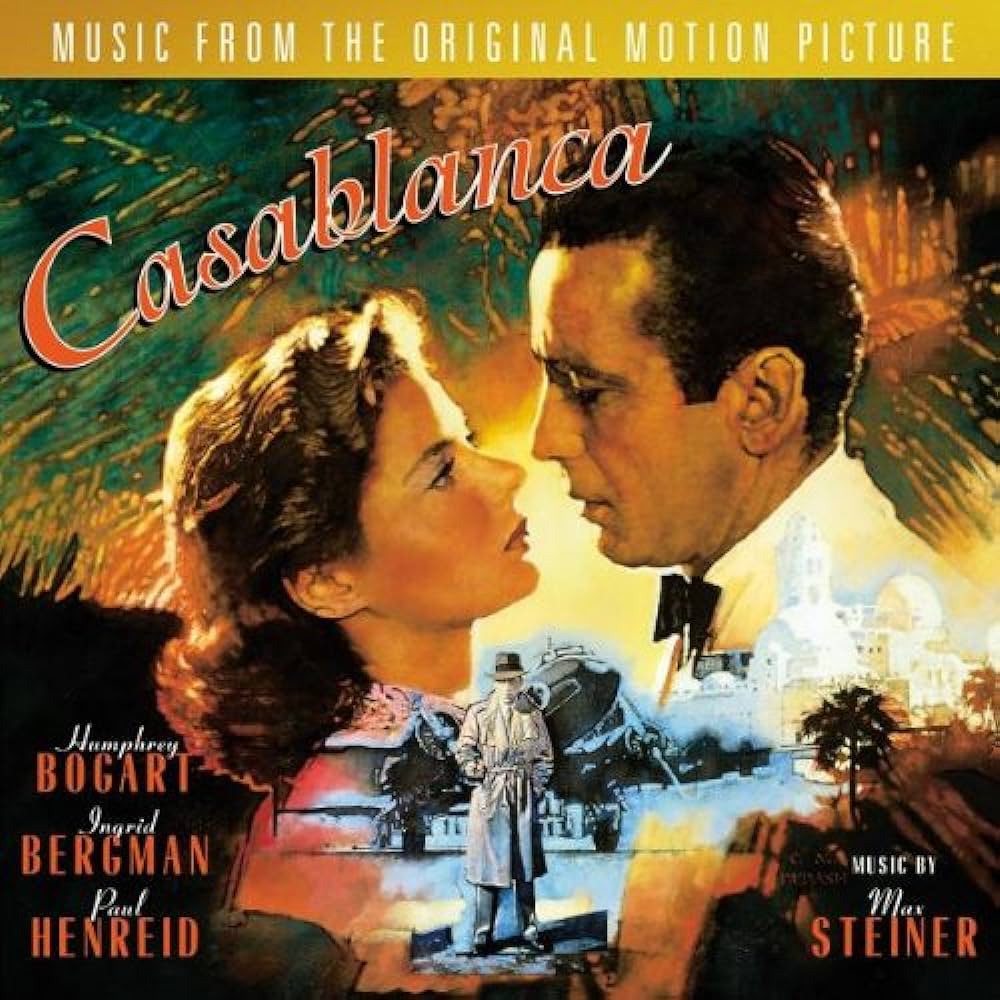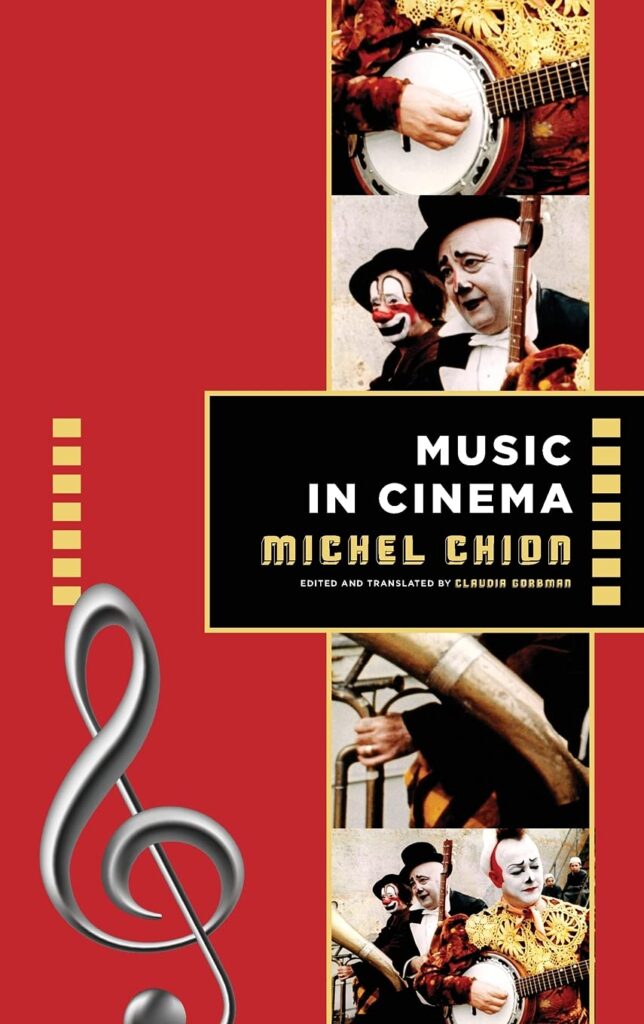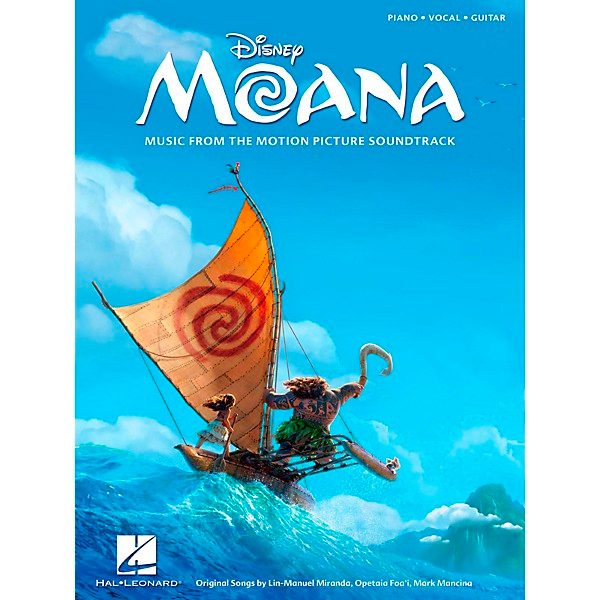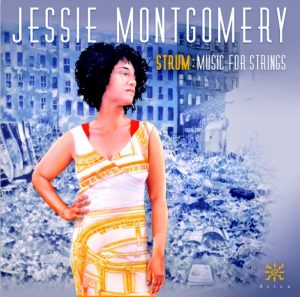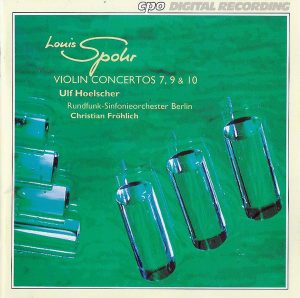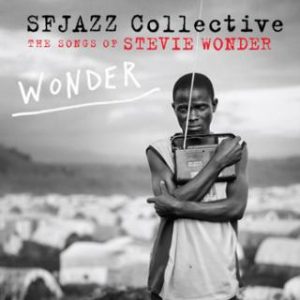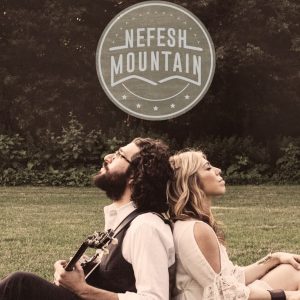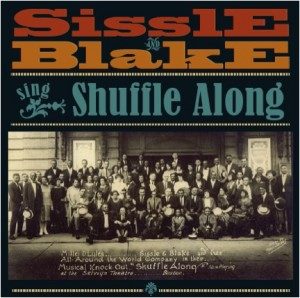Editor’s note: Arachnophonia (“Arachno” = spider / “-phonia” = sound) is a regular feature on our blog where members of the UR community can share their thoughts about resources from the Parsons Music Library‘s collection.
All links included in these posts will take you to either the library catalog record for the item in question or to additional relevant information from around the web.
Today’s installment of Arachnophonia is by student manager Griffin (class of 2027) and features Prince and the Revolution’s classic album Purple Rain (available on vinyl and CD at the Music Library). Thanks, Griffin!
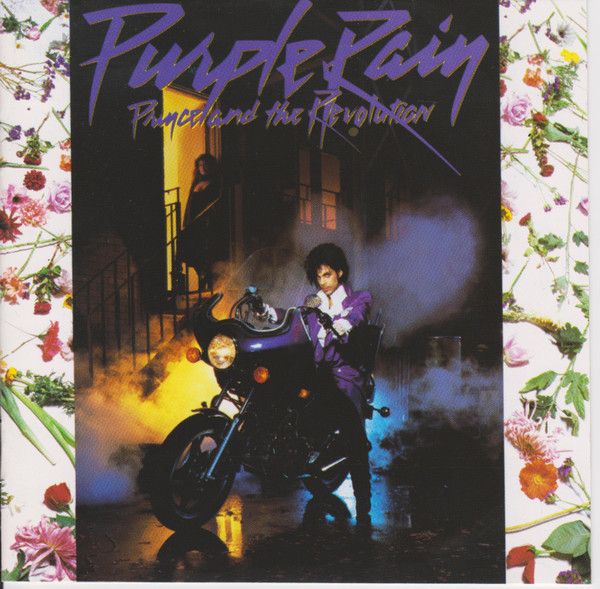
How did Prince’s legacy we honor today as an international pop superstar begin? For starters, it comes from this record smashing album that is one of the most iconic records from the 80s. Already making quite a significant headway in the music industry from earlier songs like “1999” and “Little Red Corvette” that got Prince to the peak of some mountains, this album was the ship that blasted off Prince into the stardom we know today. Earning Prince best album of the year, song of the year, and movie of the year, and awarded 4th place on Apple’s 100 best albums list, Purple Rain brought forth the future of music as we know it.
Released in 1984, the album broke the rules of the music genre like never before. This is unsurprising for Prince who always fought against being bound to any one particular label and its restrictions (literal music labels as well as the metaphoric ones). The album mixed pop, soul, funk, R&B, rock, gospel, and neo-psychedelia into an unpredictable sonic experience. This fusion found new ways of expression through music and sent waves of influence into the present landscape of music.
As for the content, Prince explores themes of love, lust, identity, alienation, loss and spirituality. Singing with raw emotional depth, the topics give a profound view into the artist’s life and speaks to the human experience. Through “I Would Die 4 U”, Prince challenges ideas of masculinity and sexuality, becoming one of the first artists of color to champion gender-fluidity on the global stage. Purple Rain also influenced how albums were sold because of its content. The track “Darling Nikki” spurred public backlash for its sexually explicit themes, creating the rule in the music industry that albums with child-unfriendly material must have Parental Advisory stickers.
Overall, Purple Rain was one of the most culturally significant albums created and the magnum opus of the late artist formerly known as Prince, and you can check out the vinyl at the Music Library today!


